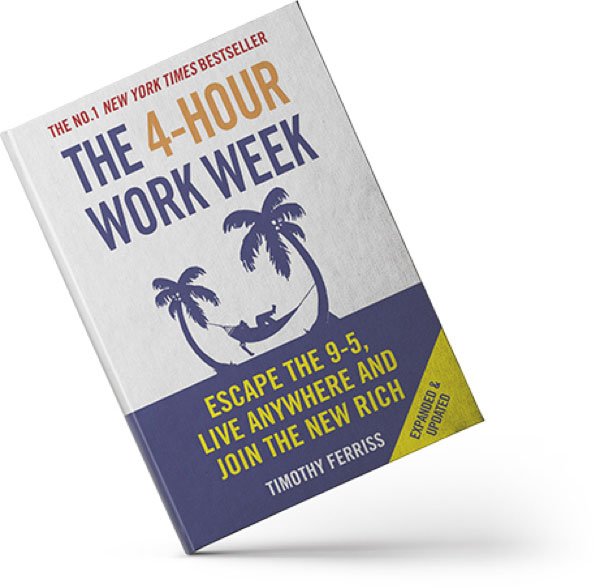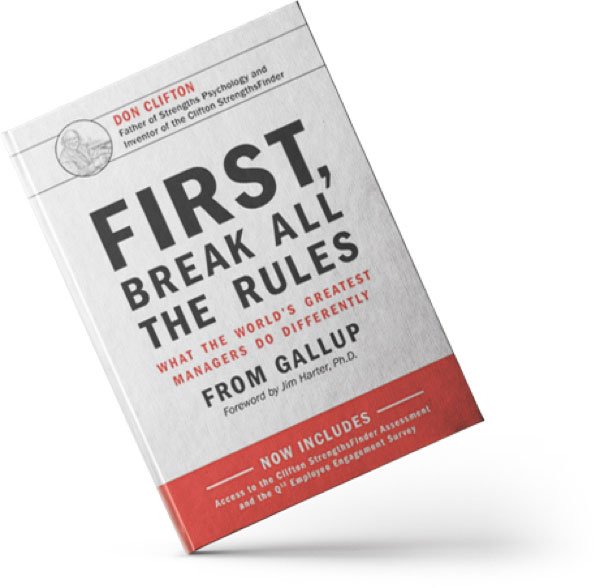With the UK Corporation Tax rate set to rise from 19% to 25% from 1 April 2023, it feels counter-intuitive that the UK Government is still ending the 130% Super Deduction (SD) Relief a day earlier. So, it’s important to consider what capital allowances are available.
Companies will now have less generous tax reliefs available to offset against increasing tax liabilities. Unless the Government heeds the advice from the Confederation of British Industry (CBI) by replacing/extending this relief (and past Chancellors do have a habit of pulling last minute rabbits out the hat come Budget time), then it’s vitally important for companies to maximise this relief before it’s too late.
QUICK RECAP: SUPER DEDUCTION (SD)
The SD provides a 130% first-year allowance on qualifying ‘Main Rate Pool’ plant and machinery assets and a 50% first-year allowance on qualifying ‘Special Rate Pool’ assets. If it is not available, relief is reduced to the default writing down rates of 18% and 6% per annum.
So, what’s the big deal?
Without stating the obvious, companies can get an additional 30% of free relief from the government on their capital expenditure – and the relief is uncapped. Furthermore, the relief provides a substantial acceleration of savings in the first year.
For example, on a typical £10m office fit out project;
- Without the SD, the value of tax savings over the first two years would typically equate to £460,000;
- With the SD, this would increase almost 3x to c. £1,200,000
BEWARE, BEWARE
As with anything in tax, what may sound great as a headline tends to be punctuated by a number of conditions that can easily be overlooked or misunderstood. Companies take note of the following;
- It only applies to expenditure incurred between 1 April 2021 and 31 March 2023 AND
- Contracts with builders/suppliers have to be entered into after 3 March 2021.
- The expenditure must be on new and unused assets, so it’s not available for the purchase of second-hand assets.
- Assets are required to be legally owned during the 2-year window – this can be tricky to determine especially where deposits/stage payments have been incurred on qualifying items.
- Any subsequent sale of assets where the super deduction is claimed will be subject to a balancing charge equivalent to the amount of relief obtained. However, if it’s a sale of a fixture, the disposal value can be fixed via the usual s.198 tax election.
- For expenditure incurred within an accounting period that straddles 31 March 2023, the 130% rate is proportionately reduced for the number of days of the relevant period which falls outside the window. Here, there may even be a case for extending or shortening the accounting period to end on 31 March 2023 to ensure no reduction.
- Leased assets will typically be denied, unless providing a service more than mere hire.
Overall, it’s worth reviewing timelines of capex budgets to potentially bring forward costs, where possible, to maximise the SD before the deadline.
WHAT ABOUT OTHER TAX RELIEFS?
If the Super Deduction isn’t available, fear not as there are other reliefs including;
- Annual Investment Allowance – 100% deduction of qualifying items but capped to £1m.
- Research & Development Allowances – 100% deduction, uncapped, on capital expenditure where research and development activities are taking place. This relief is typically underutilised but can provide a huge cashflow boost.
- Capitalised Revenue Expenditure – 100% deduction on costs that have been capitalised but are revenue nature.
- 150% Land Remediation Relief – for both investors and developers on costs associated with removing contaminants to land and buildings.
- Normal capital allowances on historic or current construction expenditure – be it new build developments or refurbishments/fit outs of existing properties.
- Capital allowances on acquisitions of second-hand commercial buildings – by providing strategic advice at an early stage of a transaction, significant allowances could be unlocked and transferred/retained by the vendor or buyer. Beware of the 2-year time limit from the completion date to agree values.
There are plenty of tax reliefs available on capital expenditure works from the most generous at 150% all the way down to 3%. The key things to consider are timings, conditions and actual benefits realised.























